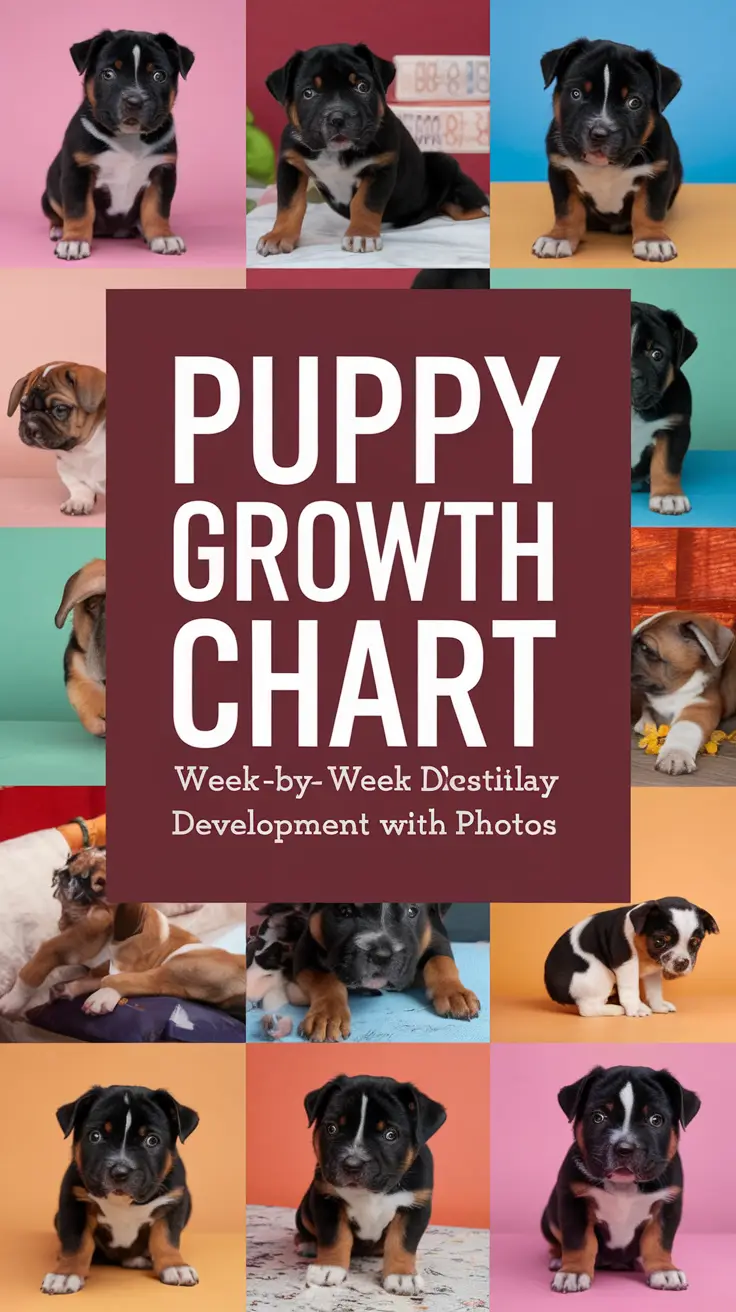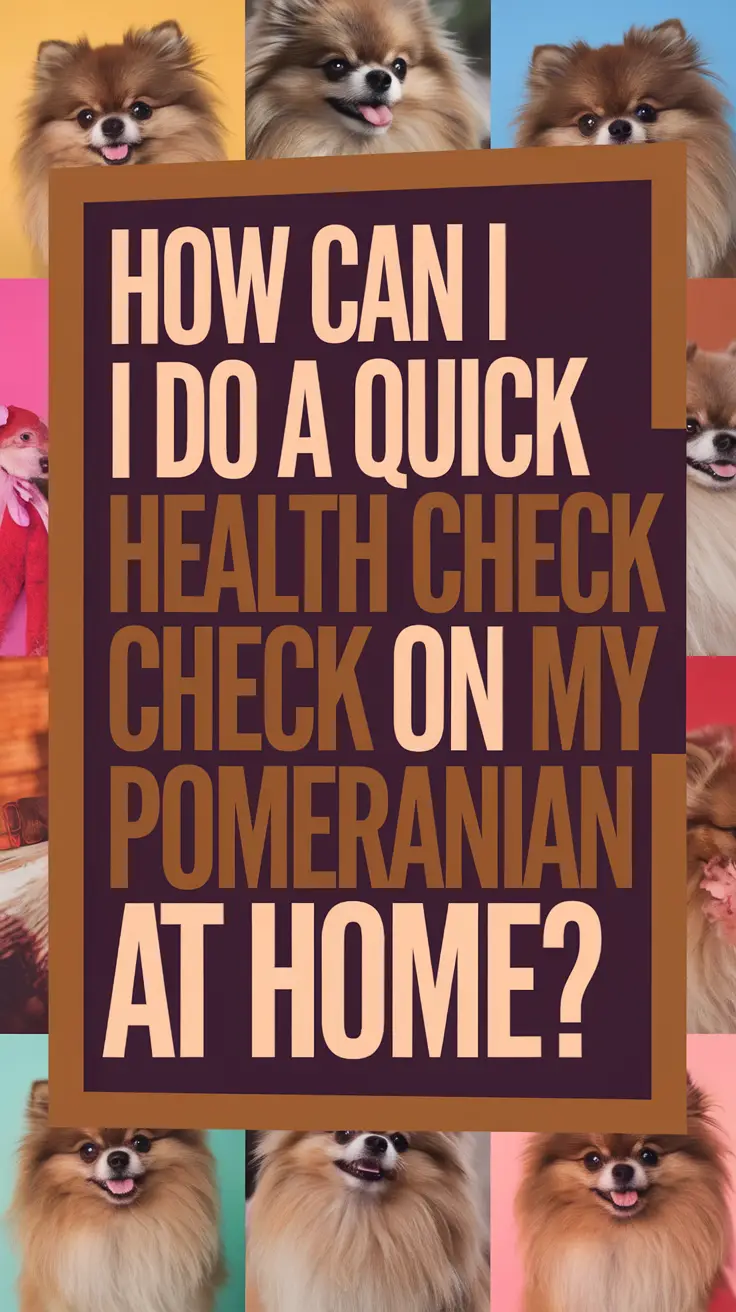Picture this: you’re holding what looks like a tiny hamster with fur so fluffy it defies gravity, and someone tells you this microscopic fluffball will grow into a majestic Pomeranian. I remember when I first brought Sash home – she was so small I was genuinely worried I might lose her in the couch cushions! Watching your Pomeranian puppy grow from a barely-there bundle to a confident little lion is one of life’s greatest joys, but it can also feel like trying to solve a puzzle without the box cover.
Every new Pom parent finds themselves obsessively googling “is my puppy growing normally?” at 2 AM (guilty as charged!). The truth is, Pomeranian growth follows a fascinating and sometimes unpredictable pattern that’s both breed-specific and wonderfully individual.
Here are the three key insights you’ll discover:
- Pomeranian puppies experience their most dramatic growth spurts between weeks 8-16, often doubling their birth weight by week 12
- The infamous “puppy uglies” phase typically occurs between 4-8 months, when your adorable fluffball temporarily looks like they stuck their paw in an electrical socket
- Final adult size is usually reached by 12-15 months, though some Poms continue filling out until 18 months
Birth to Week 2: The Jellybean Phase
Newborn Pomeranians are absolutely tiny – we’re talking 2-5 ounces of pure vulnerability. Sash weighed exactly 3.2 ounces when she was born, and I have photos that still make me wonder how something so small could have such a mighty personality brewing inside.
During these first two weeks, puppies are essentially little eating and sleeping machines. Their eyes and ears remain closed, and they navigate the world through scent and touch. According to the American Kennel Club, healthy Pom puppies should gain approximately 5-10% of their body weight daily during this crucial period.
What to expect:
- Weight: 2-5 ounces at birth, doubling by week 2
- Eyes and ears sealed shut
- Complete dependence on mother for warmth and nutrition
- Minimal movement beyond crawling to mom
Weeks 3-4: The Awakening
This is when the magic begins! Around day 14-16, those tiny eyes start to crack open, revealing the most gorgeous dark pupils you’ve ever seen. Sash’s eyes opened on day 15, and I swear she looked directly at me with an expression that said, “Oh, so YOU’RE the human I’ll be training.”
The ears begin to unfold during week 3, and suddenly your puppy can hear the world around them. Dr. Patricia Matthews, a veterinarian specializing in toy breeds, notes that this sensory development period is critical for proper neurological growth.
Development milestones:
- Weight: 6-12 ounces
- Eyes fully open by day 18-21
- Beginning to take wobbly first steps
- Starting to play with littermates
- First attempts at barking (prepare yourself – Pom vocals are impressive even at this size!)
Weeks 5-8: The Personality Explosion
Hold onto your hats because weeks 5-8 are when your Pomeranian’s personality bursts forth like a tiny, furry firework! This is the period when Sash first demonstrated her signature move: the “Pomeranian Pounce,” where she’d launch herself at her toys with the confidence of a lion taking down a gazelle.
Puppies become increasingly coordinated and playful. They start learning crucial bite inhibition from their littermates and begin the early stages of house training awareness. The American Veterinary Medical Association emphasizes that puppies should remain with their mothers and littermates until at least 8 weeks old for proper behavioral development.
Key developments:
- Weight: 1-2 pounds
- Full mobility and coordination
- Beginning to eat solid puppy food
- Developing distinct personality traits
- Learning basic social skills from littermates
| Age | Average Weight | Key Milestones |
|---|---|---|
| Week 5 | 12-16 oz | Running, playing actively |
| Week 6 | 1-1.5 lbs | Eating solid food regularly |
| Week 7 | 1.2-1.8 lbs | House training readiness |
| Week 8 | 1.5-2.5 lbs | Ready for new homes |
Weeks 9-16: The Growth Spurt Sprint
Buckle up, because this is when your Pomeranian enters what I like to call the “teenage growth spurt” phase. Sash went through a period where I swear she grew overnight – I’d put her to bed looking like a tiny teddy bear and wake up to find her legs had mysteriously lengthened by an inch!
This rapid growth phase can be both exciting and slightly concerning for new owners. Some days your puppy might seem less coordinated as their body adjusts to its changing proportions. Think of it as the canine equivalent of a human teenager suddenly being all elbows and knees.
Growth characteristics:
- Weight: 2-4 pounds (depending on adult size)
- Rapid leg and body lengthening
- Coat texture begins changing
- Adult teeth start replacing baby teeth
- Increased appetite to fuel growth
Months 4-8: The Infamous “Puppy Uglies”
Now, before you panic when your gorgeous fluffball suddenly looks like they’ve been through a wind tunnel, let me introduce you to the phenomenon every Pomeranian owner must face: the puppy uglies. This term might sound harsh, but it’s an affectionate way to describe the awkward adolescent phase when your Pom’s coat transitions from puppy fluff to adult fur.
Sash went through this phase around 5 months, and I’ll admit, there were moments when I wondered if I’d accidentally adopted a small, orange raccoon. Her puppy coat fell out in patches, her adult coat grew in unevenly, and her proportions looked slightly… well, let’s call it “artistic.”
What’s happening during the puppy uglies:
- Weight: 3-6 pounds (approaching adult size)
- Patchy coat shedding and regrowth
- Gangly proportions as body grows faster than coat
- Temporary reduction in fluffiness
- Adult facial features becoming more pronounced
The good news? This phase is completely normal and temporary. Your beautiful Pomeranian is still in there – they’re just going through their awkward teenager phase, complete with bad hair days that last for months!
Months 9-15: The Transformation
This is where patience pays off in the most spectacular way. Around 9-12 months, your Pomeranian begins their transformation into the stunning adult dog you’ve been waiting to meet. The adult double coat starts filling in properly, creating that signature Pomeranian silhouette that makes people stop and stare on the street.
Sash’s coat really started coming into its own around 10 months. The patchy, uneven fur was gradually replaced by layers of gorgeous, thick fluff that required a complete overhaul of my grooming routine. I learned the hard way that adult Pomeranian coats demand respect – and daily brushing!
Adult development markers:
- Weight: 4-7 pounds (breed standard for most Poms)
- Full double coat development
- Final adult proportions
- Mature facial features
- Stabilized energy levels and personality
Growth Factors That Make Each Pom Unique
Here’s something fascinating: not all Pomeranians follow the exact same growth timeline. During my time in Pomeranian communities and dog shows, I’ve observed that several factors can influence individual growth patterns.
Genetics: The Ultimate Puppeteer
The size of your puppy’s parents gives you the best indication of their adult size, but genetics can be surprisingly playful. Sash’s mother was a petite 4-pound beauty, while her father was a more robust 7-pound gentleman. Sash settled comfortably at 5.5 pounds, right in the middle of her parents’ range.
Nutrition: Fuel for Growth
Proper nutrition during the growth phase is absolutely critical. I learned this lesson when Sash was around 12 weeks old and seemed to be lagging slightly behind her projected growth curve. My veterinarian recommended switching to a high-quality puppy food specifically formulated for small breeds, and the difference was remarkable within just a few weeks.
Health Considerations
Some health issues can impact growth patterns. Luxating patella, a common Pomeranian condition, might affect a puppy’s activity level and muscle development. Regular veterinary checkups during the growth phase help catch any concerns early.
Photographic Documentation: Capturing the Journey
One of my biggest pieces of advice? Take photos constantly! I have a photo album dedicated entirely to Sash’s growth journey, and it’s become one of my most treasured possessions. Try to take photos from the same angle and distance each week – you’ll be amazed at how dramatic the changes appear when viewed as a progression.
Pro tip: Include a common object for size reference in your photos. I used the same small toy throughout Sash’s puppyhood, and the resulting images clearly show her dramatic size changes over time.
When to Worry: Red Flags in Puppy Development
While Pomeranian growth varies significantly between individuals, certain signs warrant immediate veterinary attention:
- Sudden cessation of growth or weight loss
- Inability to keep up with littermates in energy or development
- Extreme lethargy or loss of appetite
- Difficulty breathing or eating
- Developmental delays beyond normal variation
Trust your instincts as a pet parent. I once noticed that Sash seemed unusually quiet for a few days around 14 weeks old. A quick vet visit revealed she was dealing with some digestive sensitivity to her food. A simple dietary adjustment got her back on track within days.
Preparing for Each Growth Stage
Each phase of Pomeranian development brings unique joys and challenges. During the rapid growth phases, you might find yourself buying new collars and harnesses more frequently than you expected. Sash outgrew three different harnesses between 12-20 weeks!
For the puppy uglies phase, invest in a really good brush and prepare for daily grooming sessions. The uneven coat can mat more easily during this transition period, so consistent care prevents problems down the road.
The Final Picture: Your Grown Pomeranian
By 15-18 months, your Pomeranian has reached their full adult glory. The transformation from that tiny jellybean to a confident, fluffy companion is nothing short of miraculous. Sash now weighs 5.5 pounds of pure personality, with a coat that requires daily maintenance but rewards me with endless compliments from strangers.
Adult Pomeranians typically weigh between 3-7 pounds, though some individuals fall outside this range while still being perfectly healthy. The breed standard favors dogs between 4-6 pounds, but every Pom has their own perfect size.
Watching your Pomeranian grow isn’t just about tracking weight and measuring height – it’s about witnessing the emergence of a unique personality, a loyal companion, and often, your new best friend. Every awkward stage, every growth spurt, and yes, even the puppy uglies, are all part of the incredible journey that transforms a tiny, helpless newborn into the confident, charismatic dog that only a Pomeranian can be. The photos you take today will become tomorrow’s treasured memories, documenting not just physical growth, but the blooming of an extraordinary relationship that will enrich your life in ways you never imagined.








